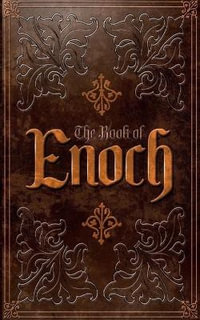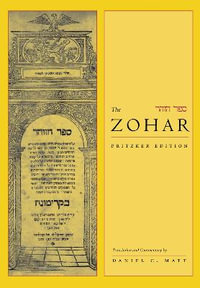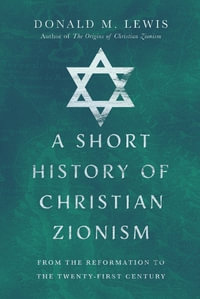The Talmud's Red Fence explores how rituals and beliefs concerning menstruation in the Babylonian Talmud and neighboring Sasanian religious texts were animated by difference and differentiation. It argues that the practice and development of menstrual rituals in Babylonian Judaism was a product of the religious terrain of the Sasanian Empire, where groups like Syriac Christians, Mandaeans, Zoroastrians, and Jews defined themselves in part based on how they approached menstrual impurity. It demonstrates that menstruation was highly charged in Babylonian Judaism and Sasanian Zoroastrian, where menstrual discharge was conceived of as highly productive female seed yet at the same time as stemming from either primordial sin (Eve eating from the tree) or evil (Ahrimen's kiss). It argues that competition between rabbis and Zoroastrians concerning menstrual purity put pressure on the Talmudic system, for instance in the unusual development of an expert diagnostic system of discharges. It
shows how Babylonian rabbis seriously considered removing women from the home during the menstrual period, as Mandaeans and Zoroastrians did, yet in the end deemed this possibility too "heretical." Finally, it examines three cases of Babylonian Jewish women initiating menstrual practices that carved out autonomous female space. One of these, the extension of menstrual impurity beyond the biblically mandated seven days, is paralleled in both Zoroastrian Middle Persian and Mandaic texts. Ultimately, Talmudic menstrual purity is shown to be driven by difference in its binary structure of pure and impure; in gendered terms; on a social axis between Jews and Sasanian non-Jewish communities; and textually in the way the Palestinian and Babylonian Talmuds took shape in late antiquity.
Industry Reviews
Secunda's Irano-talmudic research breathes new life into the way we study rabbinic literature, with potential for expanding our understanding of the Babylonian Talmud (Bavli) in comparison to corpora such as the Mishnah and the Jerusalem Talmud (Yerushalmi) redacted by Jews in the Land of Israel in a Greco-Roman context. * Marjorie Lehman, Jewish Theological Seminary *
























